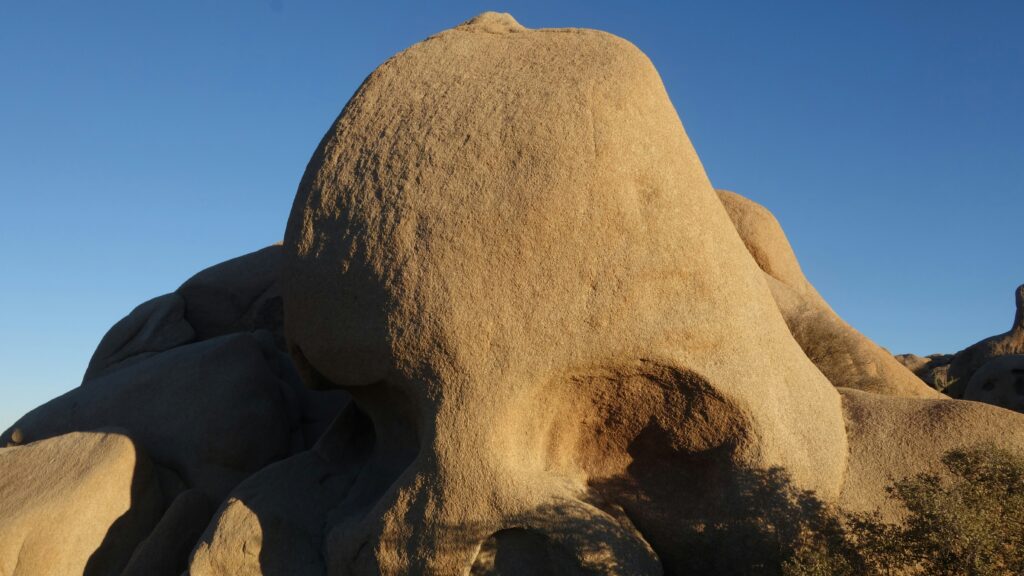In the vast savannas of Africa, Australia, and parts of Asia, towering earthen structures rise from the landscape like miniature skyscrapers. These remarkable architectural feats aren’t human creations but rather the work of tiny insects: termites. Standing up to 30 feet tall in some species, termite mounds represent some of the most sophisticated structures in the animal kingdom. What makes these mounds particularly fascinating is not just their size or durability, but their ingenious internal climate control systems. These impressive structures function as natural air conditioners, maintaining stable internal temperatures despite extreme external conditions. This remarkable ability has captured the attention of scientists, architects, and engineers seeking sustainable design solutions inspired by nature.
The Master Architects Behind the Mounds
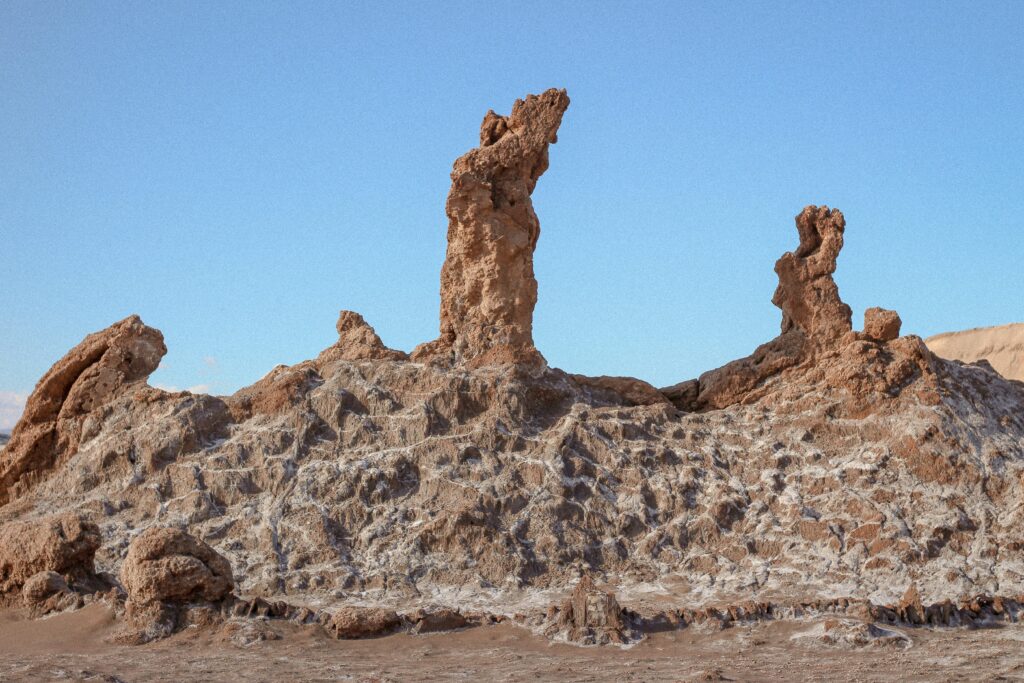
Among the thousands of termite species worldwide, only a select few construct the elaborate mounds known for their air-conditioning properties. Macrotermes species, particularly prevalent in Africa, are among the most skilled builders, creating structures that can reach heights exceeding 25 feet. These social insects operate with a collective intelligence that allows millions of individuals, each just a few millimeters long, to coordinate their efforts without centralized planning. What’s particularly remarkable is that these tiny creatures accomplish their architectural feats in complete darkness, relying on chemical signals and other cues rather than visual information. Working grain by grain, they mix soil with saliva and excretions to create a cement-like material stronger than many human-made building materials.
The Basic Structure of Termite Mounds

Termite mounds consist of several distinct components working together as an integrated system. At the heart of the mound lies the nest or colony center, where the queen, king, and developing young reside in protected chambers. Surrounding this core is an intricate network of tunnels, galleries, and chambers that serve various functions from food storage to waste management. The outer structure typically features thick, insulating walls that shield against predators and environmental extremes. Most impressively, the mounds incorporate sophisticated ventilation systems with specially constructed chimneys, vents, and tunnels that facilitate air movement. These ventilation structures vary significantly between species, with some building elaborate spires while others create more rounded structures with different internal configurations.
The Science Behind Natural Air Conditioning
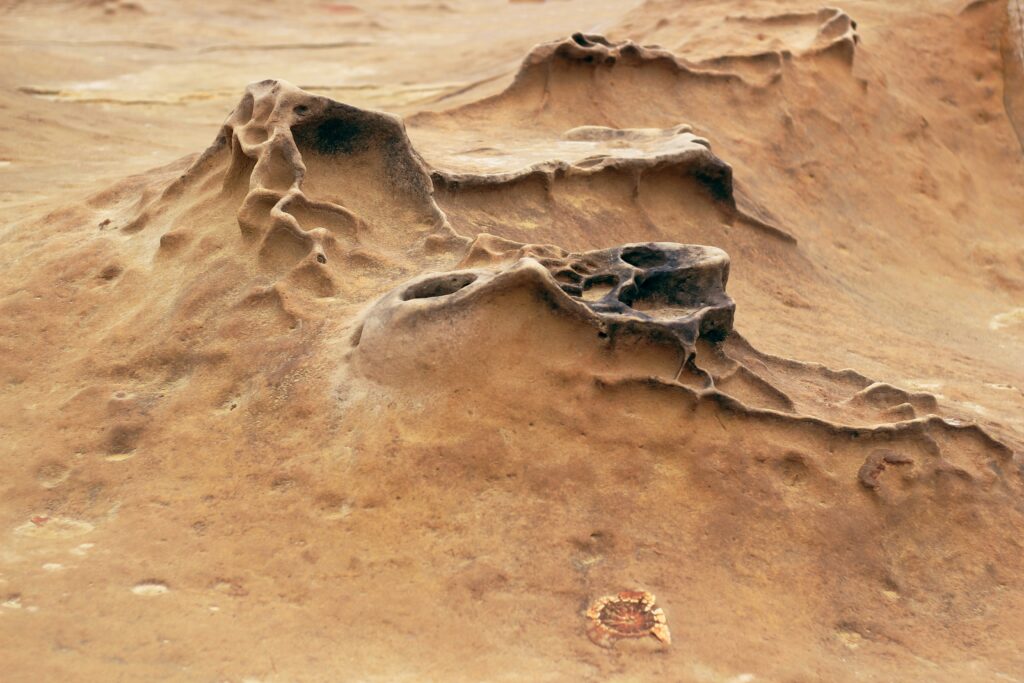
The air-conditioning capability of termite mounds operates on principles remarkably similar to modern human temperature control systems, despite evolving millions of years earlier. The fundamental process relies on convection currents and the thermosiphon effect, where warm air naturally rises while cooler air sinks. As the sun heats the mound during the day, air warms inside specific channels, creating pressure differences that drive circulation throughout the structure. The mound’s porous walls allow for controlled gas exchange while maintaining humidity. Research has shown that despite external temperature fluctuations between scorching days and cool nights, the interior of well-constructed mounds maintains a nearly constant temperature around 86-89°F (30-32°C) and stable humidity levels of about 90 percent—ideal conditions for termite survival and fungus cultivation.
Macrotermes and Their Fungus Gardens
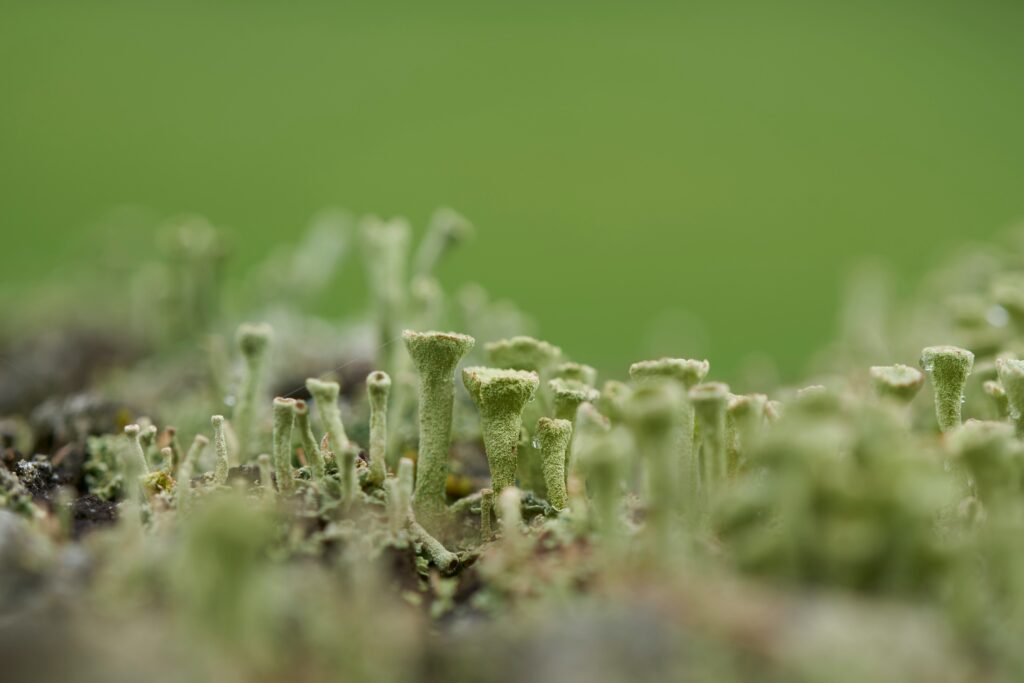
For Macrotermes and related termite species, mound climate control serves a purpose beyond just keeping the insects comfortable—it’s essential for their unique agricultural practices. These termites maintain extensive “fungus gardens” within their colonies, cultivating specific fungi that break down cellulose from plant matter that the termites themselves cannot digest. This symbiotic relationship requires precise environmental conditions, as the fungus thrives only within narrow temperature and humidity ranges. The sophisticated ventilation system ensures these conditions remain stable year-round, essentially creating a perfect greenhouse for fungal cultivation. Without this natural air conditioning, the fungus would die, and the termite colony would lose its primary food processing system and face potential collapse.
Different Mound Designs for Different Climates
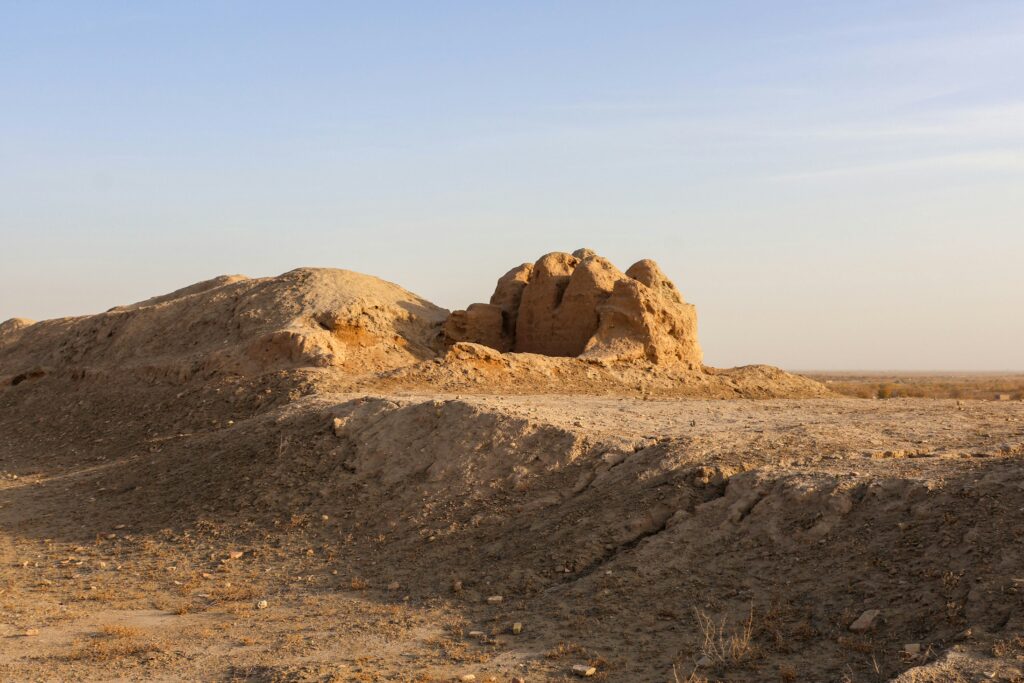
Termite species have evolved distinctive mound designs adapted to their specific environments, displaying remarkable examples of convergent evolution across continents. In hot, arid regions of Australia, Amitermes meridionalis builds tall, thin structures known as “magnetic mounds” that align precisely along a north-south axis to minimize sun exposure during the hottest parts of the day. In contrast, species in more moderate climates often construct broader, dome-shaped mounds with different ventilation strategies. The cathedral mounds of African Macrotermes feature complex external ridges and fluting that increase surface area for heat exchange and channel wind effectively across ventilation openings. These architectural variations demonstrate how termites have evolved different solutions to the challenge of climate control across diverse environments.
The Magic of Passive Ventilation
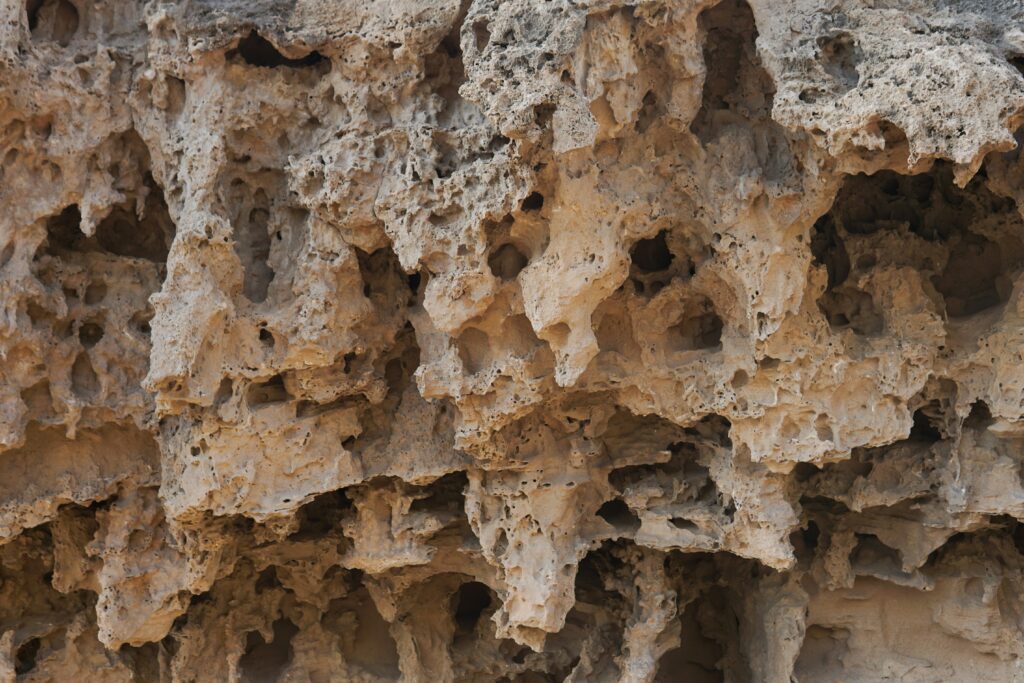
What makes termite mound ventilation particularly impressive is that it operates entirely through passive mechanisms, requiring no energy input beyond natural environmental forces. Unlike human air conditioning systems that consume substantial electricity, termite mounds harness subtle temperature gradients, pressure differences, and wind effects to drive air circulation. The outer walls of the mound act as a heat exchanger, with their porous structure allowing carefully regulated gas permeability while maintaining structural integrity. Recent studies using computational fluid dynamics have revealed how even gentle external breezes create pressure differences across the mound surface, driving internal circulation through the principle known as the Bernoulli effect. This passive design achieves efficient ventilation while using no energy and requiring no moving parts—a feat that human engineers struggle to replicate at similar scales.
Respiration and Gas Exchange Challenges
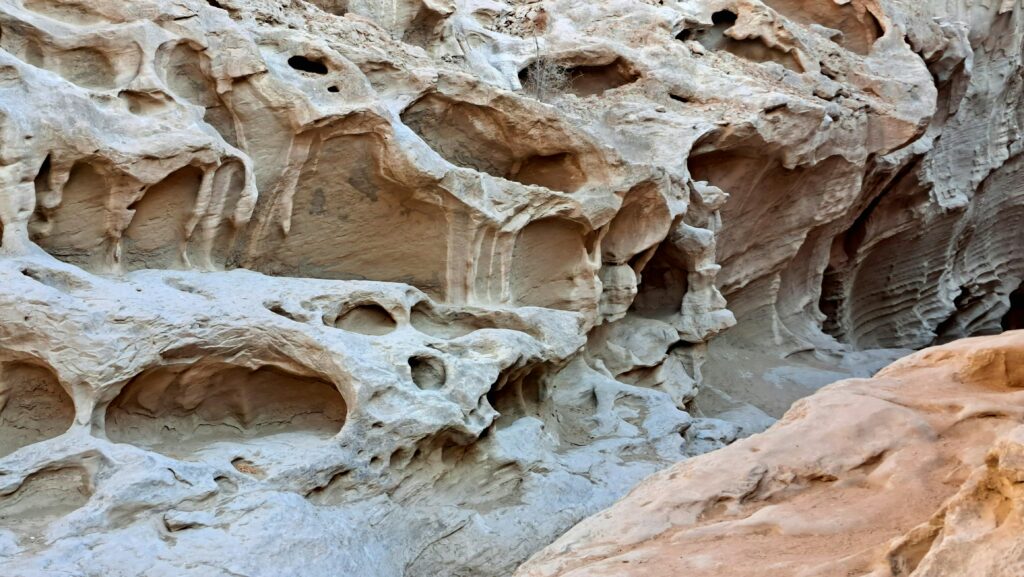
Beyond temperature regulation, termite mounds solve another critical biological challenge: providing adequate oxygen for thousands or millions of respiratory organisms while removing carbon dioxide and other waste gases. A mature termite colony represents an intense metabolic center, with the insects and their fungal gardens consuming oxygen and producing carbon dioxide at substantial rates. Without effective ventilation, oxygen levels would quickly deplete within the enclosed structure, while carbon dioxide would rise to toxic levels. The mound’s ventilation system ensures continuous gas exchange through diffusion across porous walls and convective air currents that move fresh air throughout the colony. Remarkably, studies measuring gas concentrations within mounds have found that oxygen and carbon dioxide levels remain within acceptable ranges even in the deepest chambers far from external openings.
Seasonal Adaptations and Mound Maintenance
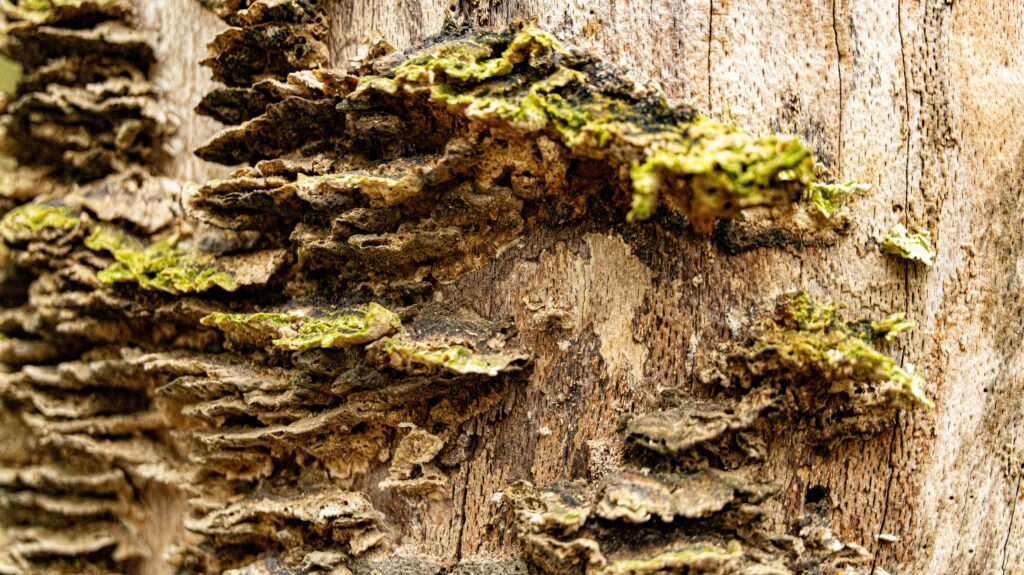
Termite colonies actively modify their mounds to respond to seasonal changes, demonstrating remarkable environmental sensitivity. During rainy seasons, workers may temporarily seal certain external vents to prevent flooding while opening alternative air channels. In extremely hot periods, they may excavate additional ventilation shafts or thin walls in strategic locations to enhance cooling. Continuous maintenance is essential, with termites constantly repairing damage from weather, predators, or natural erosion. Interestingly, this maintenance work increases significantly at dawn and dusk, when external temperatures are changing most rapidly and the ventilation system requires adjustment. The colony essentially functions as a distributed maintenance system, with thousands of workers monitoring and responding to local conditions throughout the structure.
Biomimicry: Learning from Termite Engineers
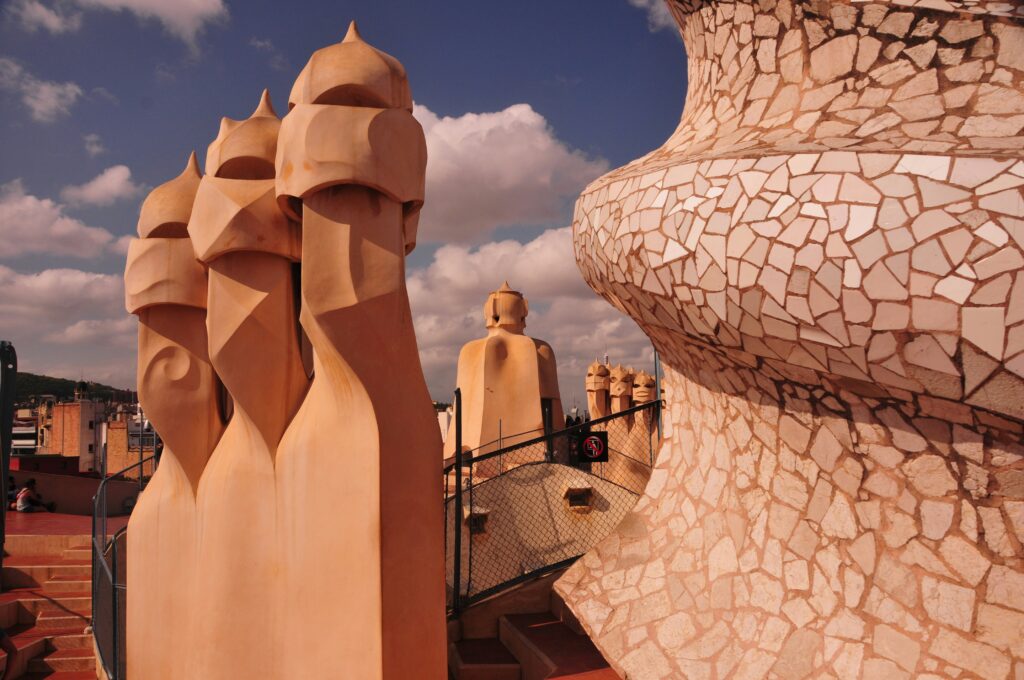
Architects and engineers increasingly look to termite mounds as inspiration for sustainable building designs, a practice known as biomimicry. The most famous example is the Eastgate Centre in Harare, Zimbabwe, designed by architect Mick Pearce in collaboration with engineers at Arup Associates. This mid-rise office building uses passive cooling principles directly inspired by termite mounds, with a system of carefully designed air channels that harness natural convection currents. The building uses 90% less energy for ventilation than conventional buildings of similar size, demonstrating the practical value of termite-inspired design. Other projects worldwide are incorporating similar principles, from office towers in Australia to residential complexes in India, showing how ancient termite engineering may help address modern challenges of energy efficiency and sustainable climate control.
Research Challenges and New Discoveries

Despite decades of study, scientists continue to uncover new aspects of termite mound functioning through advanced research techniques. Modern research employs sophisticated tools like 3D X-ray tomography to map internal structures non-destructively, while computational fluid dynamics models simulate airflow patterns under various conditions. Recent studies have challenged some long-held assumptions about how the ventilation systems work, suggesting that daily temperature cycles may play a more important role than previously thought in driving air circulation. Field experiments using tracer gases have revealed complex daily cycles of air movement that vary between species and environments. As research technologies advance, our understanding of these natural air conditioners continues to deepen, potentially revealing new principles that could inform sustainable human engineering.
Evolutionary Development of Climate Control
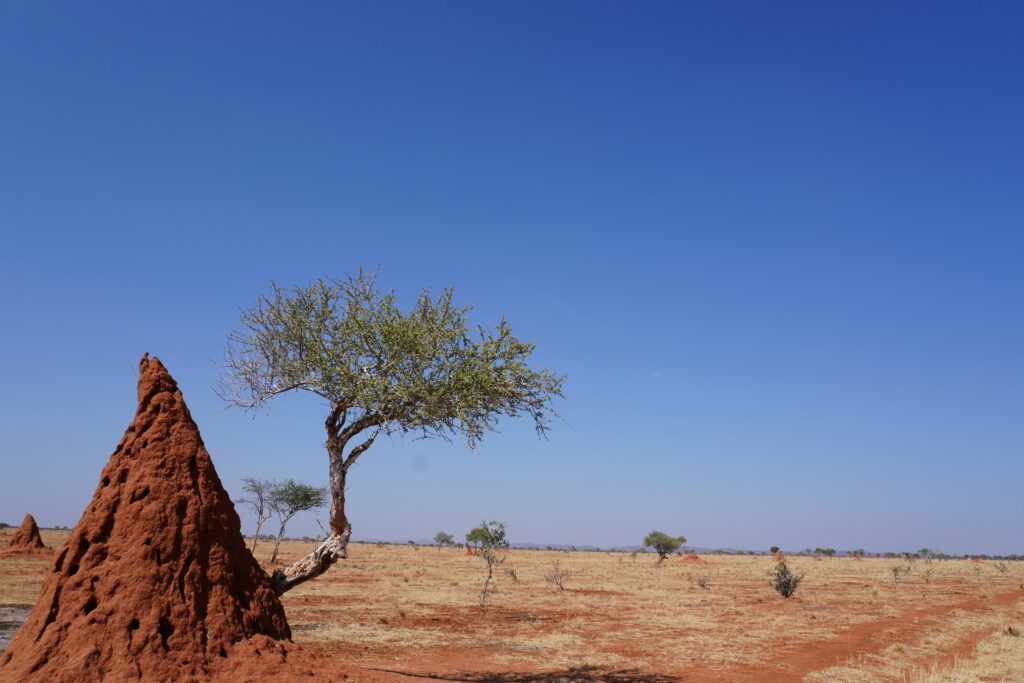
The sophisticated climate control systems in termite mounds represent the culmination of millions of years of evolutionary development. Early termite ancestors likely built simple underground nests that gradually evolved more complex ventilation features as colonies grew larger and more specialized. Fossil evidence suggests that advanced mound-building behaviors developed independently in different termite lineages, with similar solutions emerging through convergent evolution. The evolutionary pressure driving these developments was likely the need to maintain stable conditions for the termites themselves and their fungal symbionts. Each small improvement in ventilation efficiency would have provided a survival advantage, allowing colonies to grow larger, process more food, and outcompete other termite species. Today’s elaborate mounds stand as testament to the power of natural selection working through countless generations of these tiny but remarkably effective engineers.
Threats to Termite Architects and Their Creations

Despite their engineering prowess, mound-building termites face growing threats from human activities and environmental changes. Habitat destruction for agriculture and development has eliminated many termite colonies, particularly in rapidly developing regions of Africa and Asia. Climate change poses additional challenges, as more extreme weather events and shifting temperature patterns may exceed the adaptive capacities of these finely-tuned systems. Some termite species are also threatened by invasive competitors or predators that can disrupt colony functioning. The loss of these termite engineers has ecological implications beyond the species themselves, as their mounds create habitat for numerous other organisms and play important roles in soil health, nutrient cycling, and water infiltration. Conservation efforts increasingly recognize the ecological value of termite mounds, with some areas now protecting these structures as important landscape features.
Future Directions in Termite-Inspired Technology

The principles discovered in termite mounds continue to inspire new technological applications beyond building ventilation systems. Engineers are developing termite-inspired algorithms for coordinating swarms of autonomous robots that can work collaboratively on construction projects without centralized control. Materials scientists study the termite-created soil cement for insights into sustainable building materials that can be produced at ambient temperatures with minimal energy input. Ventilation principles from termite mounds are being adapted for applications ranging from computer cooling systems to refugee shelters designed for hot climates. Perhaps most promisingly, termite-inspired design principles may contribute to more sustainable human habitats as the world faces climate change challenges. By mimicking these insects’ passive cooling strategies, future buildings might maintain comfortable internal conditions while dramatically reducing energy consumption and associated carbon emissions.
As we’ve explored throughout this article, termite mounds represent one of nature’s most sophisticated examples of climate engineering. These remarkable structures maintain stable internal environments through entirely passive means, achieving feats of ventilation and temperature regulation that still challenge human designers despite our advanced technologies. The tiny architects behind these earthen skyscrapers have perfected sustainable climate control over millions of years of evolution, creating systems precisely adapted to their environmental challenges. As humanity confronts growing concerns about energy consumption and sustainable building practices, these miniature engineers offer valuable lessons. Perhaps the future of human architecture lies partly in learning from these ancient builders—turning to termites not as pests to be eliminated, but as teachers whose natural wisdom might help us create more sustainable human habitats for generations to come.

